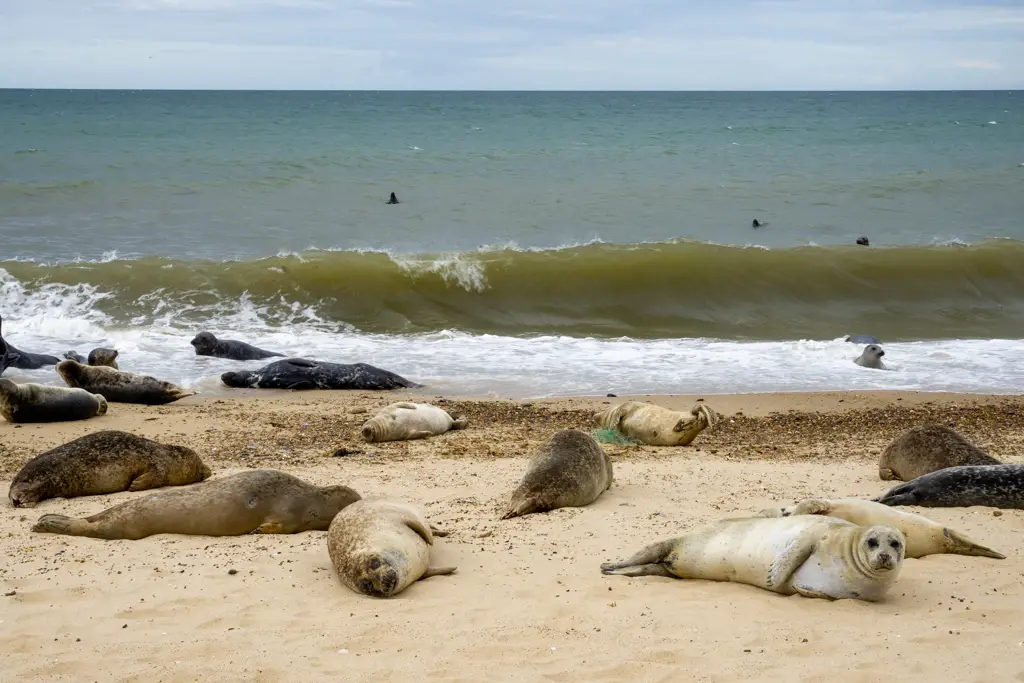Did you know one of the best places to see wild seals is in Horsey, Norfolk? Whilst Nelson’s county might be better known for its long waterways and historic cobbled streets, this part of rural England is also a haven for wildlife spotters.
Being Norfolk born and bred, I am incredibly lucky that I have always had Horsey beach right on my doorstep. I’ve visited the seals in Horsey (and also at Winterton and Blakeney) many times over the years and it is without a doubt one of my favourite things to do in my home county.
Seeing the seals at Horsey has become one of Norfolk’s major tourist attractions, with as many as 100,000 visitors flocking to the beach in recent years. Whether you are a photographer, an animal lover or a family looking for a budget-friendly activity along the coast, a day spent seal spotting in one of Norfolk’s best seaside towns makes for a great trip out.
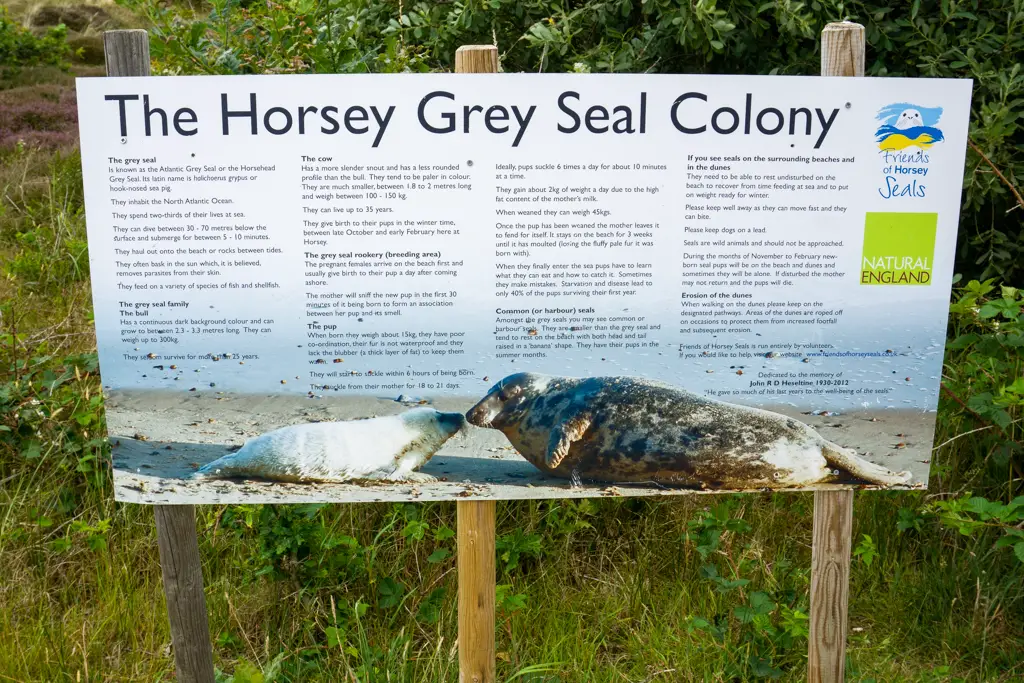
In this guide, I’ll reveal everything I know about getting the best views of the Horsey seals, how to visit responsibly and where to stay nearby. And the best bit? I’ll even tell you what time of year to visit for guaranteed sightings of baby seal pups! Cuteness overload!
This post contains affiliate links. If you use them, I will receive a small commission at no extra cost to you.
Read more: (opens in new tab)
- Incredible Nature Reserves in Norfolk
- Best Day Trips from Norwich, England
- Best Walks in Norfolk, England
About the Horsey Seals
The seals that frequent Horsey and nearby Winterton beaches are grey seals. These are the larger of the two species commonly found in the UK. Although grey seals usually spend most of their time feeding out to sea, they come inland to rest in a process known as ‘hauling out’.
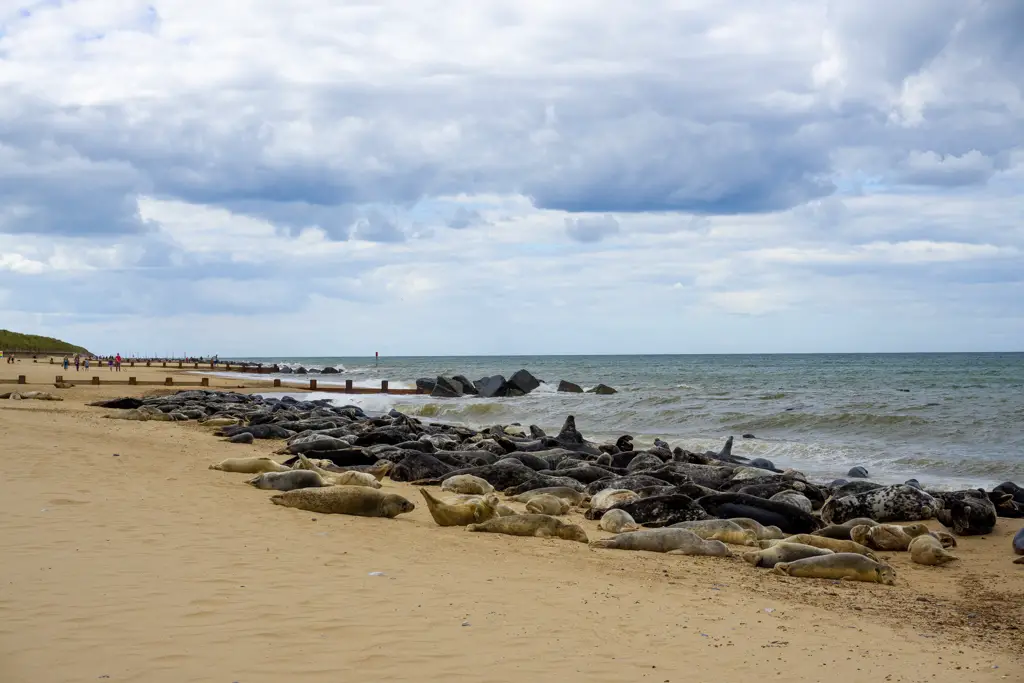
You can tell a grey seal from the common seal (also found in the UK) as it has a longer head and is generally larger. The nostrils of the grey seal are parallel, unlike the common seal which has v-shaped nostrils. Males are larger and are usually grey or dark brown. Females, on the other hand, tend to be more speckled with a lighter coloured belly.
Female grey seals live around 35 years whereas a male will be lucky to make it to 25. This is because they are so territorial when defending the females.
In the UK, grey seals are protected under the Conservation of Seals Act 1970 which is part of the reason that seal welfare is taken so seriously in the areas where seals congregate to breed. Horsey is one such area where mating takes place and the beach is closed during this time. Don’t worry though, you can still see the seals from the dunes!
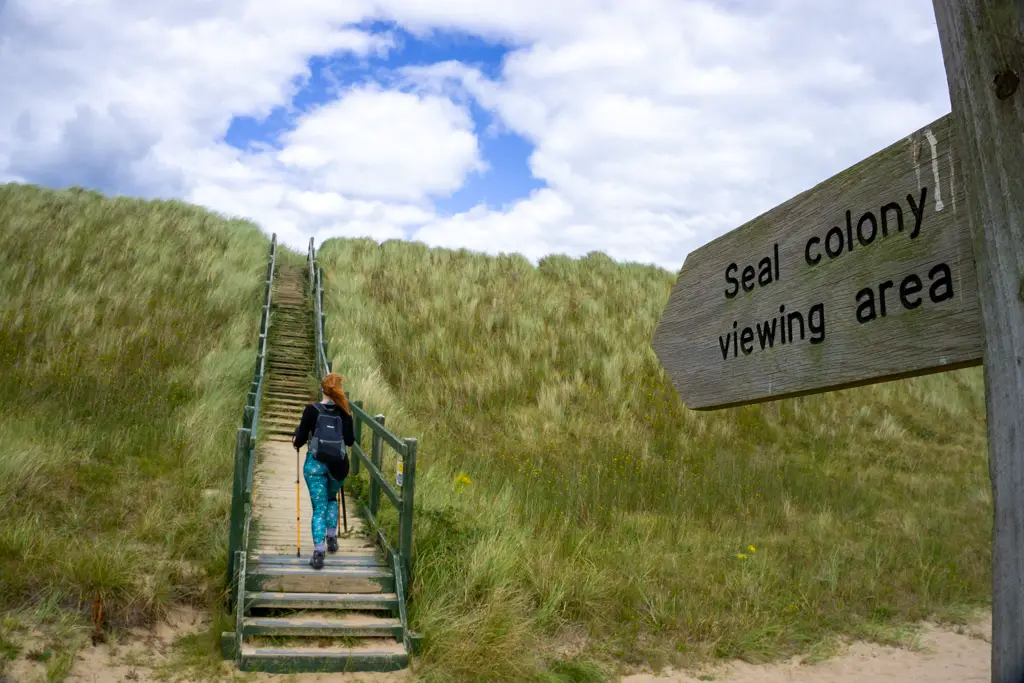
Females will give birth to one pup annually and they begin reproducing as early as 4 years of age. Seal pups are born with a beautiful white fluffy coat and they are cared for exclusively by the females, whilst the male ward off other potential mates.
The pups stay onshore for around three weeks. During this time they rapidly begin to pile of weight (as much as 2kg per day!), owing to the fat-rich milk that their mother provides. Once the pups are weaned, the females return to the sea to forage for food. The pups are left to live off their blubber before losing their fluffy white coat. This process is known as moulting.
After losing their pup fur, they develop their first-ever adult coat which is waterproof. This fact, coupled with their hunger, drives them to journey out to sea and teach themselves how to fish. Although figures vary depending on location, it is estimated that up to 50% of seal pups will not survive. This is attributed to difficulties when learning how to feed.
When the pups have been weaned, the females mate. It is common for a bull (male seal) to mate with around 20 females in total. What a stud!
When is the Best Time to See the Seals at Horsey?
It is possible to see the seals at Horsey year-round. The pupping season takes place from early November to the end of January and during this time, sightings are virtually guaranteed. When the seals are birthing, visitors will not be able to access the beach. Instead, there are marked viewing areas from which to see the seals. This is because human disturbance to the seals can have a serious impact on the wellbeing of the animals.
Also read: Winter in Norfolk.
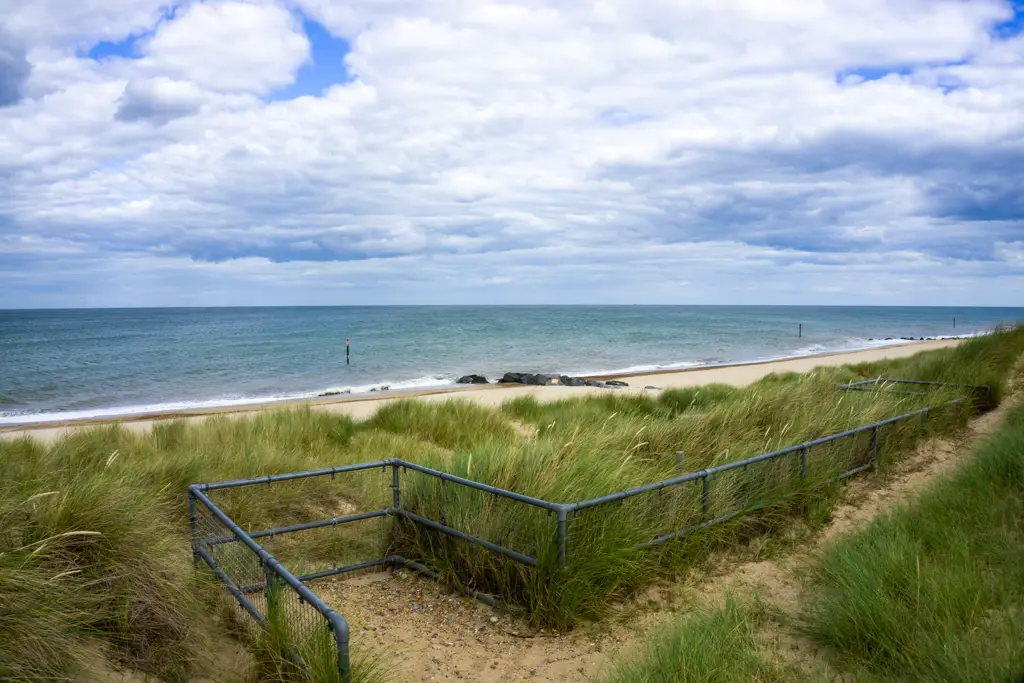
During the 2019/20 season, there were a whopping 2,069 pups born on Horsey beach. As the years have gone on, the seals have also started birthing on Winterton beach, just up from Horsey. The number of pups has increased steadily since the seal colony was introduced in 2003.
Whilst no-one is yet sure why the seal colony at Horsey and Winterton is growing so rapidly, some believe that it could be due to the offshore wind turbines. This is because they provide the ideal habitat for young fish, therefore proving more food for the seals. It has also been theorised that the turbines and climate change could have displaced the seals, leading more of them to breed in Horsey.
If you visit Horsey outside of the pupping season, you are still likely to see the seals. Every time I have visited Horsey beach, I have seen them, whether they have been hauled out on land or bobbing about in the water. Despite this, it is important to remember that as these animals are completely wild, there is always a chance you might not see them.
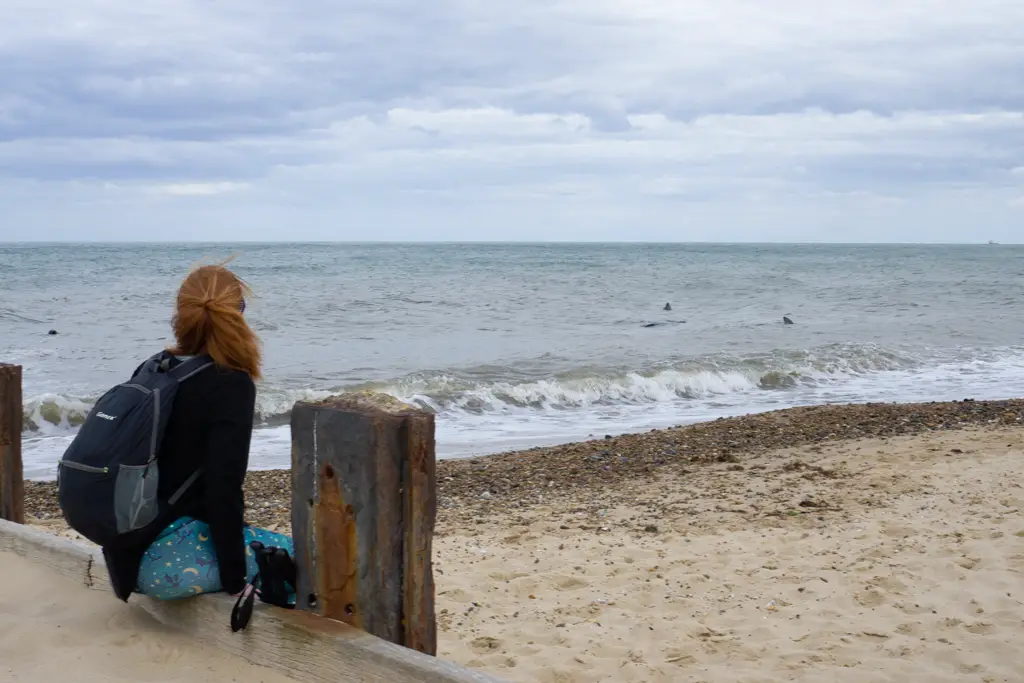
How do I get to Horsey?
Public buses travel from Great Yarmouth to Winterton. However, these are not always regular. Check timetables in advance of travelling.
Cycling is a great way to reach Horsey as the roads are generally quiet with beautiful surrounding scenery.
The most convenient way to reach Horsey is by car. However, there is limited parking so bear this in mind when planning your visit.
Car Parking at Horsey Gap
There are a couple of options for parking if you are headed to see the Horsey seals. The closest and most convenient car park is the one located at Horsey Gap. This costs £3 for two hours. Be aware that this can fill up quickly, especially during pupping season. Many visitors also park at the side of the gravel road leading to the car park. Make sure you don’t obstruct traffic if you’re parking here!
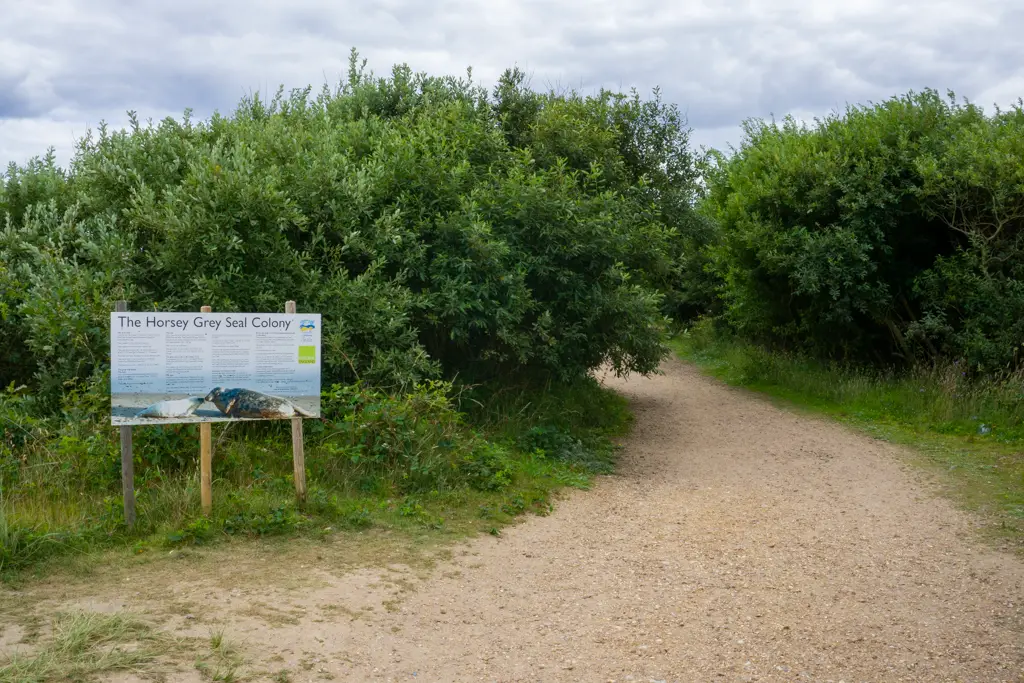
How to Reach Horsey Beach:
From Horsey Gap car park, head right and walk along the path. There are several signs and fact boards with information about the seals at Horsey. The trail is generally flat and wide, which should be fine for wheelchair users and cyclists in good weather.
However, whilst the gate is wide enough to allow access for prams and wheelchairs, no other adaptations have been made. This means that there is no easy access to the dunes for buggies or wheelchairs. Those with mobility issues should bear in mind that the viewing platform is reached by a steep set of stairs and that during winter, there may be large puddles along the path.
There are two ways to get to the dunes from the path.
- Head up close to the pillbox and follow the trail along the top of the dunes. There will be seal wardens during the peak season to guide you.
- There is a viewing platform which is accessible by staircase. The walk to this point from the car park is likely to take around 15 minutes. Make sure you bring your camera!
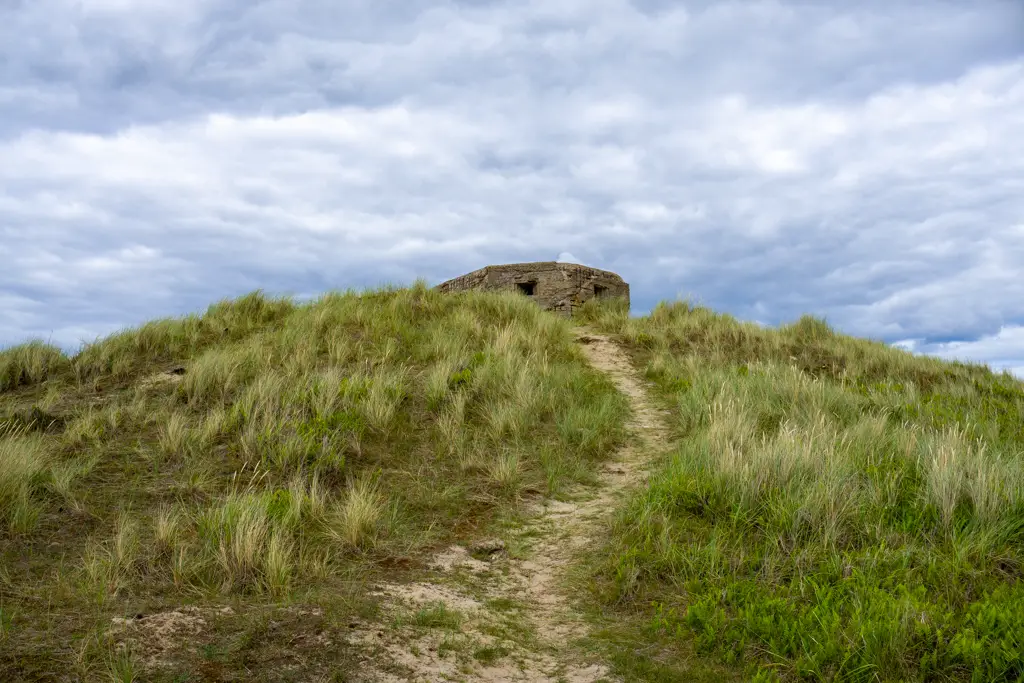
There is National Trust car park located at Horsey windpump (costing £4 all day). This windpump is worth a visit in its own right but it also conveniently sits on several circular paths which connect with Horsey beach. The trails are beautiful and it is worth combining one with a visit to the Horsey seals. This 3.6 mile circular walk is popular and showcases some stunning scenery. Watch out when crossing cattle fields though! There are also longer circular hikes available, just follow the signs when you arrive. Even better, many of these hikes go via the Nelson Head pub so you can always stop to refuel!
Whilst there is free parking for patrons at the Nelson Head Pub, the car park is not very big so it is a little unfair to clog up a space if you are going to be hiking for a few hours. However, if you’re just heading to the coast to see the seal colony and then coming back for a pint, it would probably be fine. If you do intend on using the pub car park, make sure you support this local business!
In Winterton, it is possible to park at the Beach Road car park which is £1.50 an hour of £7 all day. From here, you can also walk along the coast to Horsey.
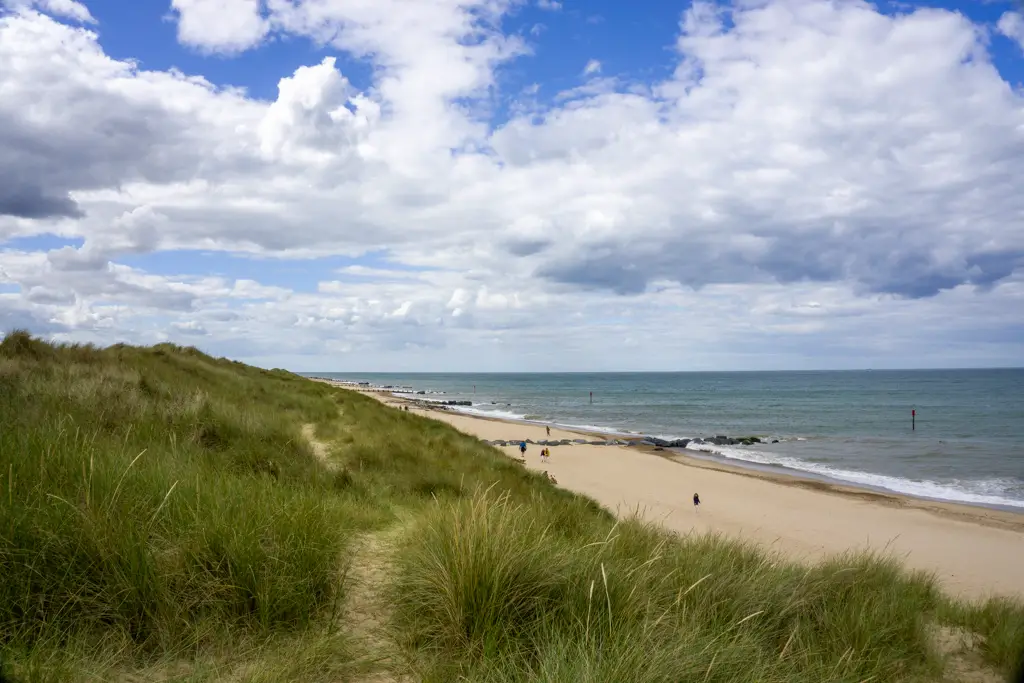
What to Bring to See the Seals?
- Camera with a good zoom
- Scarf (winter months)
- Hat (winter months)
- Rain jacket
- Sunglasses
- Suncream (summer months)
- Binoculars
- Change for car park
Friends of Horsey Seals
This local organisation does brilliant work managing the foot traffic to Winterton and Horsey beaches and keeping the grey seal colony safe from visitors. They are made up of over 200 volunteers and registered as a charity in 2016. As well as organising a beach closure during pupping season, the Friends of Horsey Seals also rescue injured or distressed seals. If you are interested in becoming a volunteer with the FoHS, please see this link.
Visiting the Horsey Seals Responsibly
When you go to see the Horsey seals, it is important to remember that you are not in a zoo. These are wild animals and it is important to be responsible when visiting. Be aware that seals can attack if they feel threatened and they have a very nasty bite that will require antibiotics. It is also common for females to abandon their pups if humans get too close. This can lead them to die of starvation.
To make sure that you minimise disturbance to the seals, heed the following advice:
- Follow the advice given by the seal wardens
- Stay off of the beach during pupping season
- Follow the roped paths across the dunes when applicable
- Always keep your dog on a lead
- Stay at least 10 m from the seals
- Never come between a pup and their mother
- Bring a camera with a decent zoom – no photo is worth a seal’s life
- Seals can be aggressive and you probably can’t outrun them
- Don’t chase pups into the water – they will drown if they have not yet developed their waterproof coat
- Stay landward side of the seals
- Take your litter home with you
- Remember: Human intervention can kill
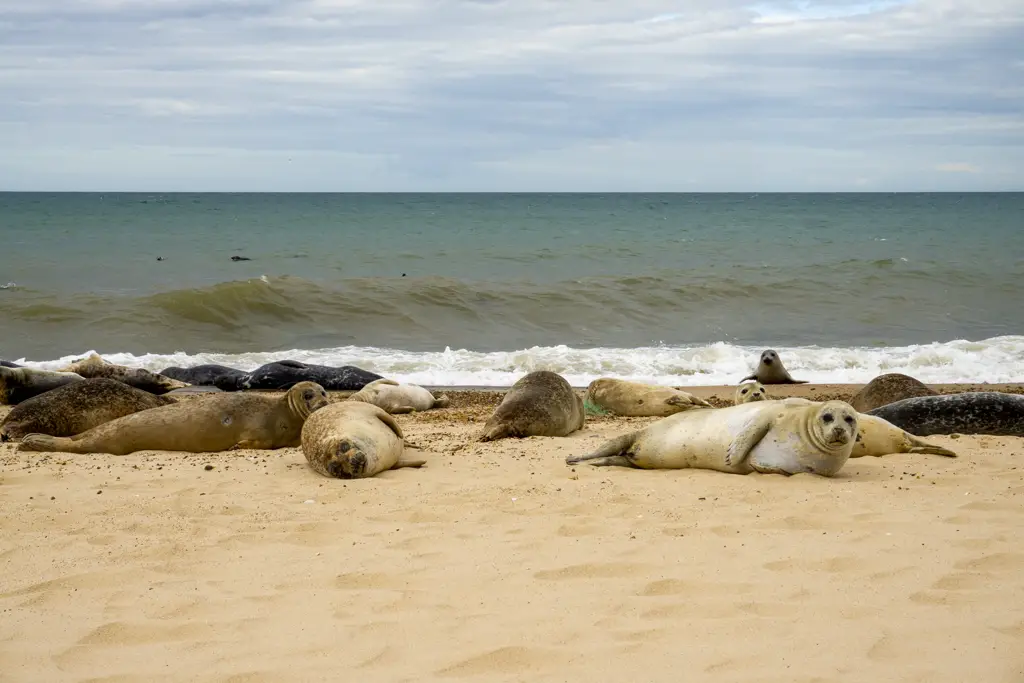
Facilities on Horsey Beach
There are no public toilets near to Horsey Beach. The closest toilets are at the Nelson Head Pub and Poppylands Tea Room and Restaurant.
There are also toilets adjacent to the Beach Road car park in Winterton.
10 Grey Seal Facts
- The scientific name for grey seals is ‘Halichoerus grypus’ – this means hook-nosed sea pig!
- Grey seal milk can have up to 60% fat content.
- It is estimated that there are now upwards of 120,000 grey seals in the UK. That is 40% of the world’s population!
- The grey seal is a carnivore which survives on a diet of fish, squid and crustaceans.
- In 2015, the seal colony at Horsey saw the first-ever recorded birth of grey seal twins in the world, named R2D2 and CP30.
- Grey seals were previously targeted by hunters for their fur, oil and meat.
- A mother seal identifies her own pups among the thousands in the colony by using individual calls and by the baby’s unique smell!
- Grey seals can dive up to 984 feet when hunting for food!
- Female grey seal pregnancy lasts between 10-11 months.
- During the 1990s, Horsey’s seal colony only saw 5-10 pups born each year. That’s a big difference from today’s number!
Where to Stay Near Horsey
Walnut Farm – Waxham
This clean and quiet caravan is located in Waxham, just a short drive to Horsey Gap car park. There is a beautiful walking trail close to the property which takes you close to the river and through the fields. Walnut Farm has 3 bedrooms, a kitchen with microwave, toilet with shower and a comfortable seating area. It sleeps a maximum of 6 people. Prices begin at £166 for two nights but increase during peak season.
Horsey Holiday House (Sea Haven) – Horsey
This beautiful two bedroom holiday house is very close to Horsey beach which makes it an ideal base for exploring the local area with your family. It is dog friendly and showcases some of the finest views in the area, with green fields and the dunes sitting in the background. Make sure to book in advance, especially if you’re planning a visit around peak season! A week-long stay varies between £335-£735 depending on the season. Shorter stays are also sometimes available on request.
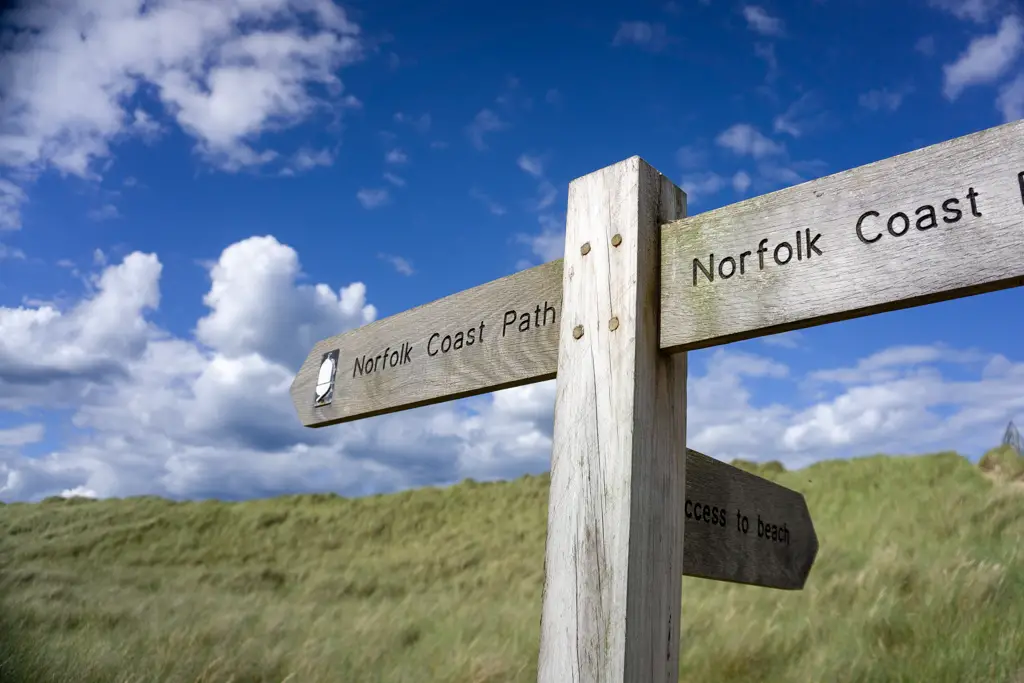
The Ingham Swan – Ingham
Located around a 15-minute drive from Horsey Gap, the Ingham Swan is a great choice for couples visiting the area. The 14th-century coaching inn provides a taste of authentic Norfolk both through the tasteful room decor and at their tasty restaurant on site. A hearty breakfast is included in the room rate. A double room with en suite begins at £115 per night.
Lazy Days Cottage – Winterton-on-Sea
Located in the stunning village of Winterton-on-Sea, this holiday home is the perfect country escape for families. There are three bedrooms and two bathrooms, not to mention a fully equipped kitchen. The cottage is immaculately clean and guests are particularly fond of the little homey touches. A 3-night stay (which sleeps a maximum of 6 people) starts at £505. This varies by season.
Best Places to Eat Near Horsey
Nelson Head – Horsey
Located along many of Horsey’s circular walks, the village pub not only pulls a good pint but also provides some great sustenance. They open for lunch and dinner, however, only evening tables can be booked in advance. They also have a spacious beer garden which is dog friendly.
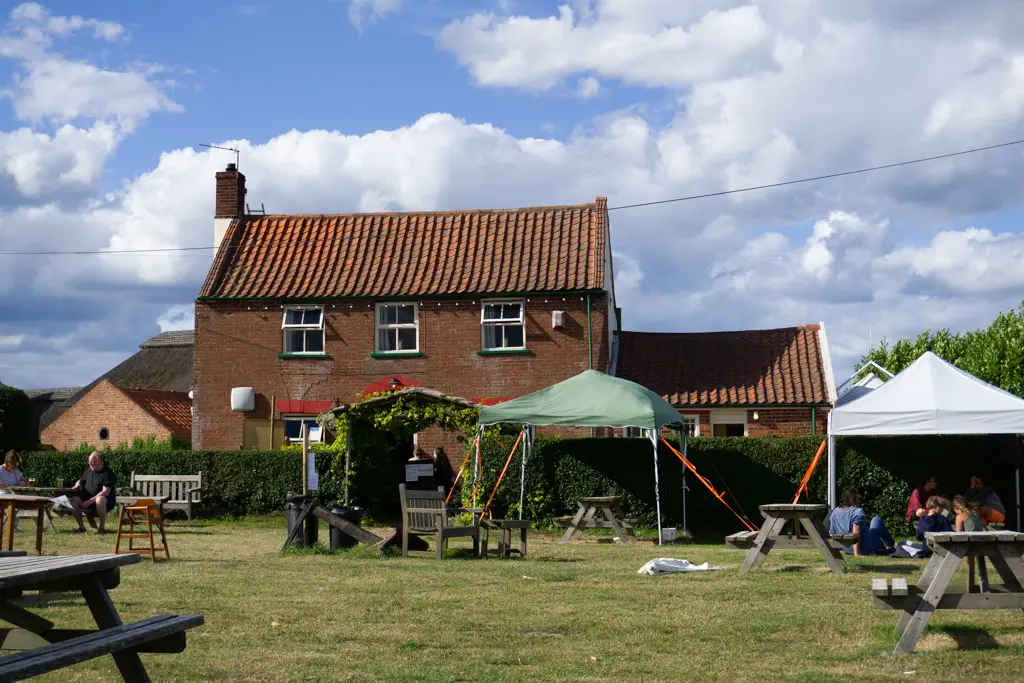
Ingham Swan – Ingham
If you’re looking to splash out on a seriously special meal, why not head to the Ingham Swan? It is located around 15 minutes by car from Horsey and serves a whole range of mouthwatering dishes, using seasonal, local ingredients. This is by no means a cheap place to eat but you can taste the quality in every bite!
Poppylands Tea Room and Restaurant – Winterton-on-Sea
This 1940s themed tearoom is a quirky but wonderful spot close by to Horsey. There is plenty of wartime memorabilia, not to mention a log burner which is a welcome escape from the blustery wind in the winter months. The menu is made to look like a ration book and all of the staff are in wartime regalia. Make sure to check it out!
Have you visited the Horsey seals yet? For more days out in Norfolk, check out my guide to alpaca walking!

